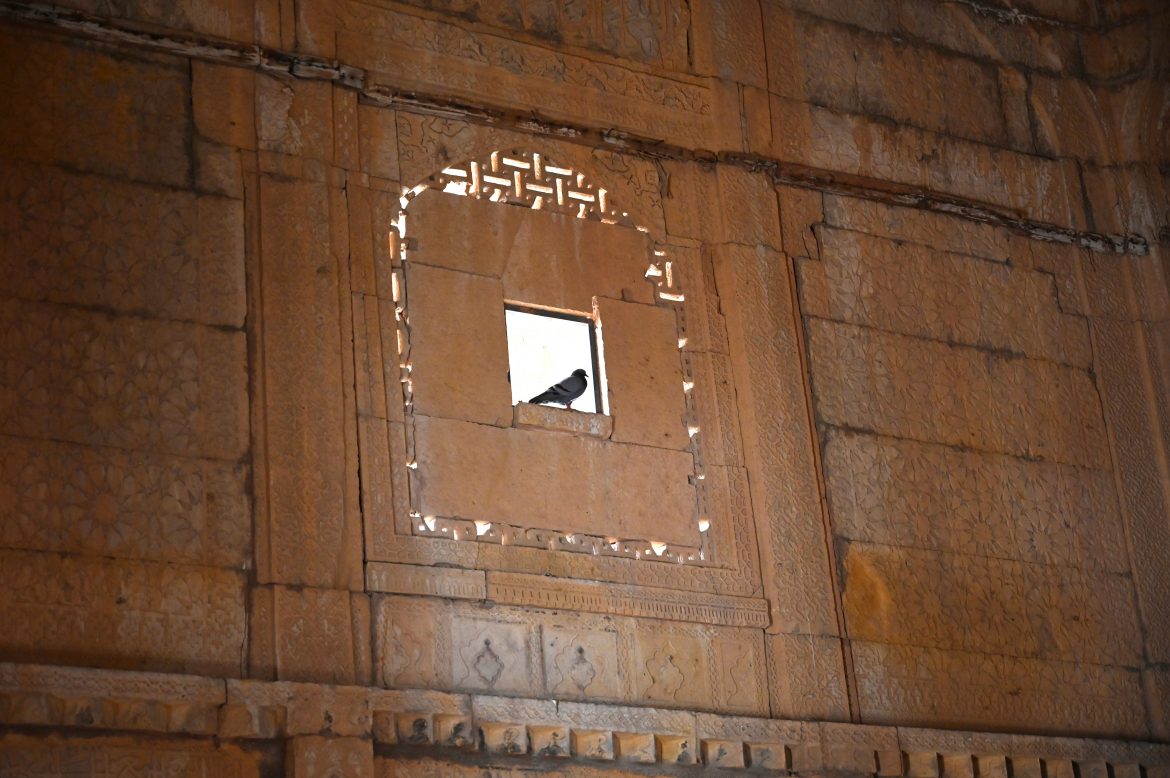Table of Contents
A necropolis, derived from the ancient Greek word meaning ‘city of the dead’, is a large, often elaborate cemetery or burial ground typically located outside of a city. Unlike grave fields, which lack above-ground markers, necropolises often contain ornate tombs and monuments.
Famous Ancient Necropolises Around the World
Some of the most renowned ancient necropolises include:
- Valley of the Kings (Egypt): Known for the burial of numerous New Kingdom pharaohs.
- Valley of the Queens (Egypt): Situated near the Valley of the Kings, it houses the tombs of queens and other royal family members.
- Cerveteri and Tarquinia (Italy): Etruscan necropolises featuring impressive burial chambers.
- Palmyra (Syria): An ancient city renowned for its large necropolis and unique tower tombs.
- Hualcayán (Peru): An ancient necropolis associated with the pre-Inca Chaví culture.
- Xi’an (China): The site of the famous Terracotta Army, considered a massive necropolis for the First Emperor of China.
Makli Necropolis in Thatta, Sindh, Pakistan
One notable example is the Makli Necropolis in Thatta, Pakistan. This UNESCO World Heritage Site spans a 12 km area on Makli Hill and is estimated to house between 500,000 to 1 million tombs. Dating back to the 14th century, it encapsulates the historical, cultural, and religious significance of the region over centuries. The preserved structures include 75 monuments, 402 platforms, and thousands of graves, including hidden ‘Zananah’ tombs dedicated to females.
The Makli Necropolis serves as both a burial ground and a living museum, preserving the diverse cultures and civilizations that have shaped Sindh. It is adorned with architectural wonders reflecting Islamic, Persian, and indigenous styles. The necropolis houses the final resting places of rulers, scholars, and Sufi saints, each tomb narrating the stories of significant historical figures.
A remarkable aspect of Makli is its religious harmony, with Hindu and Muslim tombs peacefully coexisting. This reflects the cultural richness fostered by centuries of harmonious living between different religious communities. The necropolis is home to tombs of rulers like Mirza Tughlaq Baig, a powerful Mughal governor, and Jam Nizamuddin II, a famous ruler of the Samma Dynasty.
The architecture of Jam Nizamuddin II’s tomb reflects a Gujarati style with richly carved balconies. Another important figure buried here is Diwan Shurfa Khan, whose tomb resembles Musjid Wazir Khan, featuring a façade and interior dome made of glazed colorful tiles.
As the former capital and Islamic cultural center, Thatta preserves its storied past through the Makli Necropolis. Despite challenges of natural decay and human intervention, preservation efforts are underway to protect the delicate carvings and structures within the necropolis.”
Conservationists and archaeologists are working tirelessly to safeguard the cultural treasure that is the Makli Necropolis, ensuring that future generations can continue to marvel at the beauty and history it encapsulates. A visit to this UNESCO World Heritage Site promises a profound experience, offering a serene journey through time and an immersion in the vibrant history of Sindh. See the video below for the virtual tour of the site.
It is fascinating to see how burial practices have evolved over time and across different cultures. From the Stone Age practice of burying bodies in soil, to the religious fervor that led to the creation of the Valley of the Kings in Egypt, and the prohibition on burials within city limits in Rome, each society has had its unique approach to honoring the dead. The Middle Ages and the Victorian era saw the development of more elaborate and extensive burial sites. These necropolises were not just places of rest for the deceased, but also reflected the societal norms, religious beliefs, and artistic styles of the time.The Makli Necropolis, in particular, stands out for its historical significance, architectural wonders, and the peaceful coexistence of Hindu and Muslim tombs. Despite challenges, preservation efforts are underway to safeguard these invaluable cultural treasures for future generations.

